Posted On July 31, 2024 California,Personal Injury
Navigating the complexities of a personal injury lawsuit can be daunting. This guide will help you understand the basic aspects of pursuing a personal injury claim, ensuring you are well-prepared and informed. Sometimes, understanding the basic process helps make the journey more predictable.
The case of personal injury arises when a person suffers loss through negligence or intention of another person or several people. The plaintiff, who has been wronged or injured, seeks compensation from the defendant, the party responsible for the harm.
The essential stages of a personal injury case
A personal injury case emerges when an individual experiences harm as a result of another party’s carelessness or deliberate wrongdoing. The harmed individual, referred to as the plaintiff, seeks compensation from the party, known as the defendant.
Victims of personal injury may be entitled to various types of compensation, including:
In a personal injury lawsuit, the plaintiff must prove the defendant’s liability, typically through negligence. To establish negligence, you must demonstrate:
Determining negligence involves examining specific facts, such as reckless driving in car accidents or defects in products.
Intervening Cause: An event that disrupts the causal link between the defendant’s negligence and the plaintiff’s injuries. For instance, if a pedestrian hit by a car walks away without seeking medical attention, the driver’s defense may argue the injuries resulted from the plaintiff’s inaction or the injury must have been caused by something else. This underscores the importance to receive medical attention after an accident to establish your damages and
Superseding Cause: An event that overrides the defendant’s negligence, becoming the sole cause of injuries. If a pedestrian hit by a car is later struck by lightning, the driver might claim the lightning caused the injuries, not their negligence.
In cases with multiple defendants, such as chain-reaction car accidents, the court distributes fault among all negligent parties. For instance, if Driver B hits Driver A and then Driver C hits Driver B, causing further injury, both Driver B and Driver C may share liability.
Under this doctrine, an employer can be liable for their employee’s negligence if it occurred within the scope of employment. For example, a delivery driver causing an accident while making deliveries may implicate both the driver and their employer. However, if the employee was off duty, the employer may not be liable.
States handle plaintiff fault differently as discussed below. California is a Comparative Fault state which provides a plaintiff an opportunity to receive a recovery for injury damages even when they may carry a portion of fault.
You might not always need an attorney for a personal injury case, especially if the accident was minor and required little medical care. In such cases, insurance companies often provide fair settlements. However, for more serious accidents or if you’re unsure of the process, consulting a personal injury attorney is advisable. An experienced lawyer can navigate the legal system, help file a lawsuit, negotiate settlements, and represent you in court if necessary.
In personal injury cases, courts and juries consider various types of damages:
Noneconomic damages lack a direct monetary value but can significantly aid in recovery. An attorney can estimate potential recovery based on similar cases.
If you’ve been involved in an accident and need to navigate the complexities of fault and liability, seek professional help. Our experienced personal injury attorneys can help you understand your rights and secure the compensation you deserve.
Your road to recovery starts with a single step – reach out to Montgomery Steele today.
“Disclaimer:
The content provided on this blog is for general informational purposes only and does not constitute formal legal advice. While we strive to ensure the accuracy and timeliness of the information presented, we make no guarantees. “Do not rely on the information provided here as a substitute for professional legal advice tailored to your specific circumstances.”
Your use of this blog and any information contained herein does not create an attorney-client relationship between you and our firm. For advice regarding your individual situation, please contact our office as we would be happy to discuss your case. We expressly disclaim all liability with respect to actions taken or not taken based on any or all the contents of this blog.”
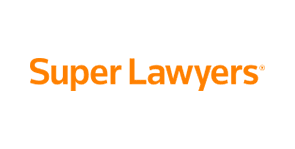
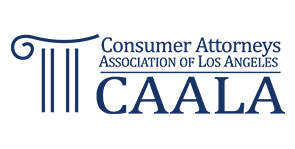
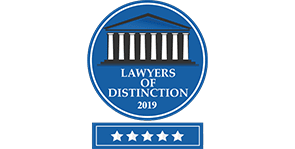
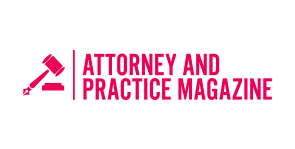
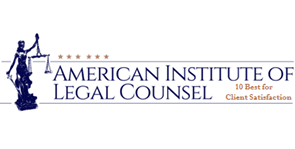


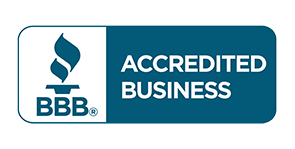

© 2022 MONTGOMERY STEELE LAW | ALL RIGHTS RESERVED | disclaimer

